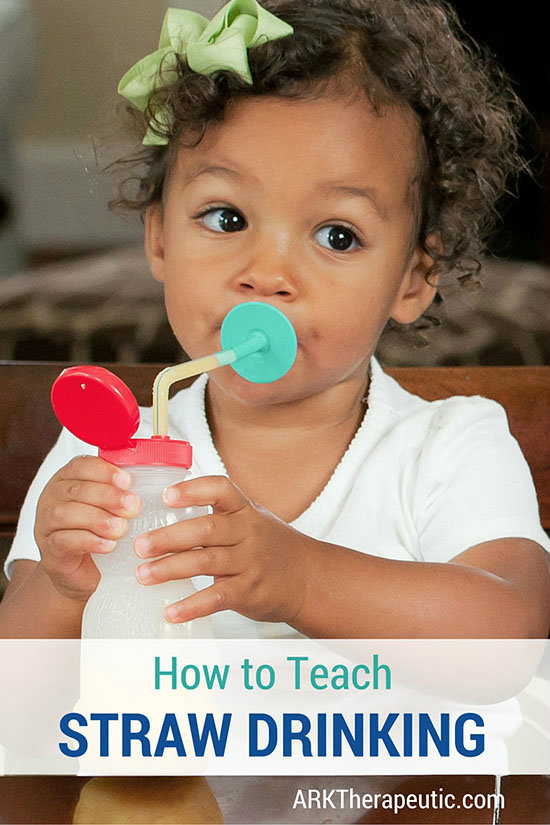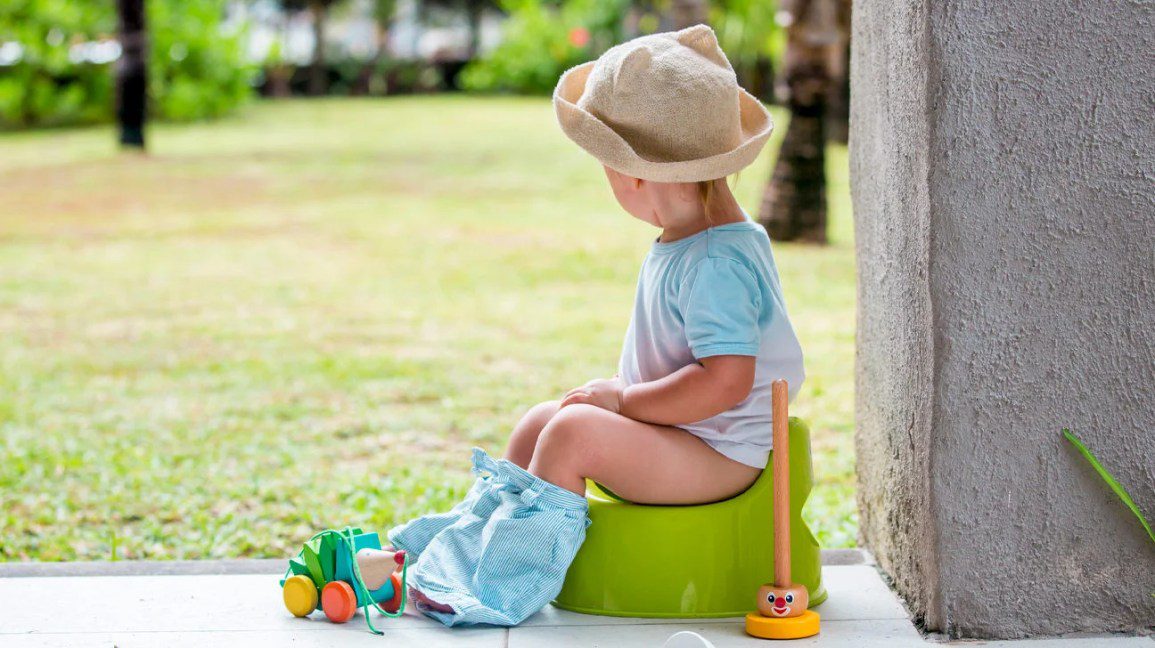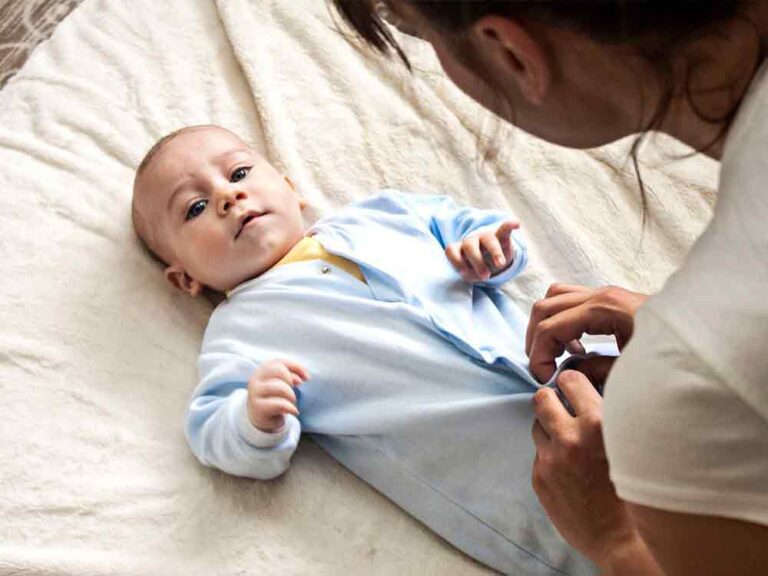How to Teach Baby to Use Straw: A Step-by-Step Guide
Teach baby to use a straw by demonstrating and allowing them to observe you drinking from a straw, providing a sippy cup with a straw, and offering smooth puree through a soft silicone straw. This helps baby adjust to the straw’s shape and encourages them to close their mouth around it.
Introducing your baby to a straw can be an important milestone in their development. Not only does it help them with drinking skills, but it also contributes to the development of their oral motor skills. However, teaching a baby to use a straw can be a process that requires patience and practice.
We will discuss some effective methods to teach your baby to use a straw. By following these tips, you can help your little one transition from bottle or breast to using a straw successfully.
Choosing The Right Straw Cup
When it comes to teaching your baby to use a straw, choosing the right straw cup is crucial. Not all straw cups are created equal, and selecting the right one can make a big difference in your baby’s ability to learn this important skill. There are various factors to consider when selecting a straw cup, as well as popular options available in the market.
Factors To Consider When Selecting A Straw Cup
- Material: Look for straw cups made of safe and BPA-free materials, such as silicone or stainless steel, to ensure your baby’s health and well-being.
- Size and Shape: Consider the size and shape of the cup. Choose a cup that is suitable for your baby’s age and developmental stage, with an appropriate size and shape that is easy for them to hold and drink from.
- Ease of Cleaning: Opt for a straw cup that is easy to clean. Look for cups with removable parts or those that are dishwasher-safe, making it convenient for you to maintain proper hygiene.
- Leak-Proof: It’s important to choose a leak-proof straw cup to avoid any mess. Look for cups with a secure lid or valve system that prevents spills and leaks, ensuring a hassle-free drinking experience for both you and your baby.
- Design and Color: Consider the design and color of the cup. Choose a cup that is visually appealing to your baby, as this can make the learning process more exciting and enjoyable for them.
Popular Straw Cup Options In The Market
There are several popular straw cup options available in the market, each with its own unique features and advantages. Here are a few notable choices:
| Straw Cup | Features |
|---|---|
| EZPZ Mini Cup + Straw Training System | Training cup designed for small hands, made of safe silicone material. |
| Beaba Straw Sippy Cup | Sippy cup with a straw spout, easy to hold and leak-proof. |
| Dr. Brown’s Baby’s First Straw Cup | Straw cup with handles, BPA-free, and spill-proof. |
| Munchkin Click Lock Weighted Straw Cup | Weighted straw allows drinking from any angle, with a spill-proof design. |
These are just a few options, and there are many more straw cups available in the market. Remember to consider the factors mentioned earlier and choose a cup that suits your baby’s needs and preferences.
By selecting the right straw cup, you can create a positive and effective learning experience for your baby as they develop and master the skill of using a straw.
Preparing Baby For Straw Cup
To teach your baby to use a straw cup, offer a soft, silicone straw dipped in smooth puree and present it like a spoon. When they are comfortable, count to two before removing the straw. Practice and repetition will help your baby master this essential skill.
Signs That Your Baby Is Ready To Start Using A Straw Cup
Babies usually start showing signs of readiness for a straw cup around 6 to 9 months of age. Look out for these signs to determine if your baby is ready to make the transition:
- Ability to sit up independently: Your baby should have good head and neck control and be able to sit up straight without support.
- Interest in your cup: If your baby shows curiosity about your cup and tries to reach for it, it’s a clear indication that they want to explore new drinking methods.
- Coordination skills: Your baby should be able to bring objects to their mouth and hold onto items with their hands. These skills are important for grasping and holding the straw cup.
- Ability to suck: Pay attention to your baby’s ability to suck on a bottle or breastfeed. If they can easily suck and swallow without much difficulty, they are likely ready for a straw cup.
- Decreased tongue thrust: Babies should have a diminished tongue thrust reflex, meaning they are able to move liquids from the front to the back of their mouth using their tongue.
Introducing The Concept Of A Straw Cup To Your Baby
Once you spot the signs that your baby is ready, it’s time to introduce the concept of a straw cup. Follow these tips to make the transition smoother for your little one:
- Start with practice sessions: Begin by offering your baby small amounts of water or breast milk in a straw cup during meal times or play sessions. This will help your baby familiarize themselves with the cup.
- Demonstrate how to use the straw: Show your baby how to use the straw by taking a sip from it yourself. This visual demonstration will help them understand the purpose of the straw.
- Use a soft silicone straw: Opt for a straw cup with a soft and flexible silicone straw. It will be easier for your baby to handle and manipulate in their mouth.
- Offer support: Initially, your baby may need assistance in holding and positioning the straw cup. Hold it for them and guide their hand until they get the hang of it.
- Be patient: Remember that learning to use a straw cup is a new skill for your baby. It may take time and multiple attempts before they become comfortable and proficient. Stay patient and provide positive reinforcement as they progress.
Step-by-step Guide To Teaching Baby To Use Straw Cup
Teaching your baby to use a straw cup is an important milestone in their development. Not only does it help them transition from bottle or nipple feeding to independent drinking, but it also promotes their oral motor skills and prevents speech difficulties. Follow this step-by-step guide to introduce your baby to using a straw cup and ensure a smooth transition.
Familiarizing Baby With The Straw Cup
The first step in teaching your baby to use a straw cup is to familiarize them with it. Here’s how:
- Show the straw cup to your baby and let them explore it with their hands.
- Allow your baby to bring the straw cup to their mouth and chew on it to get a feel of it.
- Give your baby some playtime with the straw cup, allowing them to shake it, bang it, and become comfortable with its presence.
Teaching Baby How To Suck From The Straw
Once your baby is familiar with the straw cup, it’s time to teach them how to suck from the straw. Follow these steps:
- Fill the straw cup with a small amount of liquid, such as water or breast milk/formula.
- Hold the straw cup to your baby’s lips and gently tilt it, allowing a small amount of liquid to touch their tongue.
- Encourage your baby to suck on the straw by placing your finger on the end of the straw, creating a small amount of suction.
- Repeat this process, gradually increasing the amount of liquid your baby consumes through the straw.
Transitioning From Bottle/nipple To Straw Cup
As your baby becomes more proficient in drinking from the straw cup, it’s time to transition away from bottles or nipples. Here are some tips for a smooth transition:
- Gradually replace one bottle or nipple feeding session with a straw cup feeding session each day.
- Offer the straw cup during meal times, when your baby is likely to be hungry and more receptive to trying new things.
- Be patient and give your baby time to adjust. It’s normal for them to resist the change initially, so persistence is key.
- Provide plenty of positive reinforcement and praise your baby for their efforts.
By following this step-by-step guide, you can successfully teach your baby to use a straw cup. Remember to be patient, provide plenty of practice opportunities, and celebrate each milestone along the way. Cheers to your baby’s independence!
Troubleshooting And Tips
Teaching your baby to use a straw can be a fun and exciting milestone, but it can also come with its fair share of difficulties. In this section, we will explore the common difficulties faced when teaching baby to use a straw and provide you with some helpful tips and tricks to overcome them. Let’s dive in!
Common Difficulties Faced When Teaching Baby To Use Straw
Introducing a new skill like using a straw can be challenging for babies. Here are some common difficulties you might encounter during the teaching process:
- Difficulty understanding the concept: Babies might have a hard time understanding how to suck through a straw initially.
- Inability to create suction: Some babies may struggle to create the necessary suction to draw liquid up through the straw.
- Choking or gagging: Babies who are not familiar with using a straw may accidentally swallow or gag on the liquid when learning how to drink from it.
Tips And Tricks To Overcome These Difficulties
To help your baby successfully use a straw, try implementing these tips and tricks:
1. Demonstrate proper technique:
Show your baby how to use the straw by drinking from it yourself. Babies learn through imitation, so seeing you in action will give them a clear example to follow.
2. Start with a thin liquid:
In the beginning, offer your baby a thin liquid like water or diluted juice. This will make it easier for them to draw the liquid up through the straw without excessive effort.
3. Use a straw with a valve or weight:
Consider using a straw cup or bottle with a built-in valve or weight. This will help your baby create suction more easily, reducing frustration and promoting successful drinking.
4. Offer support and guidance:
Hold your baby’s hand or guide their hand to hold the cup while they learn to sip from the straw. This will provide them with the necessary support and help them develop the coordination required.
5. Practice regularly:
Consistency is key when teaching your baby any new skill. Offer the straw cup during meal and snack times, encouraging them to use it regularly. The more practice they have, the quicker they will grasp the concept.
Remember, every baby is unique, and the learning process may vary. Stay patient, positive, and supportive throughout the journey. With time and practice, your baby will master the art of using a straw, opening up a whole new world of independence and self-feeding!

Credit: www.arktherapeutic.com
Frequently Asked Questions On How To Teach Baby To Use Straw
When Should A Baby Start Using A Straw?
Babies can start using a straw when they are around 6 to 9 months old. Start by offering a straw cup with a soft silicone straw and letting them explore. You can also demonstrate how to use the straw by drinking from it yourself.
Practice and patience are key to teaching your baby to use a straw.
Is Sippy Cup Or Straw Better?
A straw cup is better because it promotes oral motor skill development and helps prevent lisps and slurred speech. Sippy cups can hinder speech development.
When Can I Give My Baby A Bottle With A Straw?
You can give your baby a bottle with a straw when they are ready to learn how to drink from a straw, usually around 6 to 9 months of age. Start by demonstrating how to use the straw and offer them opportunities to practice.
How Do I Teach My Baby To Use A Sippy Cup?
To teach your baby to use a sippy cup, you can start by demonstrating how to hold the cup, put it to their mouth, and tip it upwards to drink. Let them watch you drink from it too. Give it time as they might play with it or ignore it at first.
Be patient and keep trying.
Conclusion
Teaching your baby to use a straw is an important milestone that can aid in their oral motor skills development. By using a straw cup instead of a sippy cup, you can promote better speech and prevent lisps. Remember to be patient and demonstrate how to hold and use the cup.
Gradually introduce purees and liquids with a straw, allowing your baby to adjust to the new sensation. With time and practice, your baby will learn to use a straw independently, setting them on the path to self-feeding success.








